Unlike new construction windows, which require a complete teardown of the existing frame, retrofit windows are designed to fit into the existing window frame. This makes them an ideal choice for homeowners looking to improve their home’s insulation and reduce energy costs without the extensive labor and costs associated with new window constructions. In this article, we’ll explore what retrofit windows are, their benefits, and why they might be the right choice for your next home improvement project.

A title
Image Box text
Window Professional
Landon Hancock
May 1st, 2024 • 12 min read
12 127
Shares Views
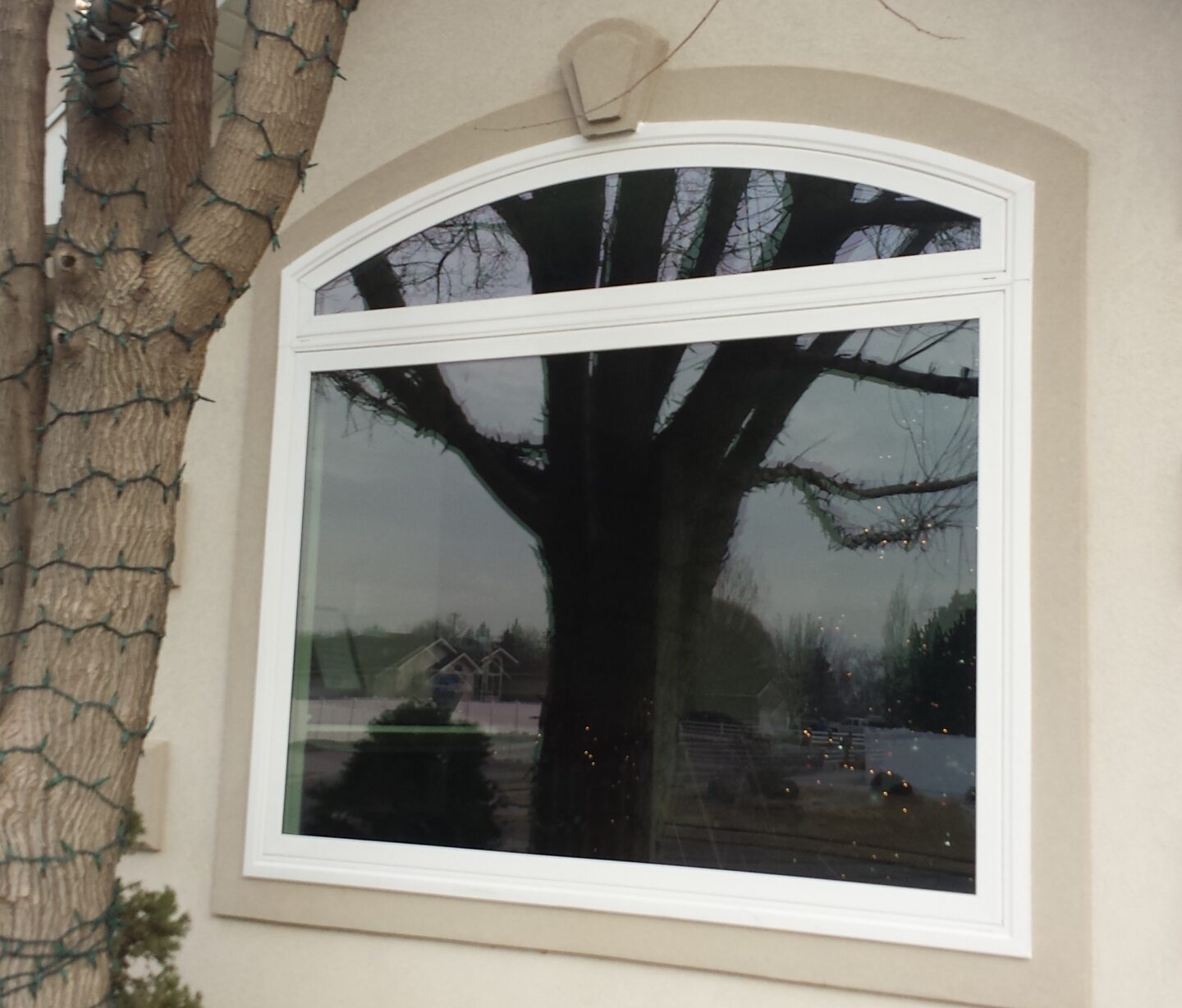
Table of Contents
The Basics of Retrofit Windows
What is a Retrofit Window?
A retrofit window is a replacement window installed into the existing frame of the window already in place. This means the original frame, sills, and trim are retained, and only the window itself is replaced. This approach is particularly beneficial in scenarios where the existing frames are still structurally sound and only the window units need upgrading.
Retrofit vs. New Construction Windows
The primary difference between retrofit windows and new construction windows lies in the installation process. New construction windows are used in new homes or additions and involve stripping back to the studs of the window opening, which often requires repairing or altering the surrounding wall and trim. Retrofit windows, on the other hand, are inserted directly into the existing frame, which significantly reduces the complexity and duration of the job.
Components of a Retrofit Window
Retrofit windows consist of several key components that contribute to their functionality and efficiency:
- Frame: Often made of vinyl, wood, or aluminum, the frame holds the glass and the mechanical parts of the window.
- Glass: Double or triple-pane glass with insulating argon or krypton gas between the panes greatly enhances energy efficiency.
- Seals: High-quality seals are crucial for preventing air leakage and maintaining energy efficiency.
Understanding these components helps in recognizing the quality and potential energy savings that retrofit windows can offer, making them a valuable upgrade for any homeowner looking to enhance their home’s performance and reduce their environmental footprint.
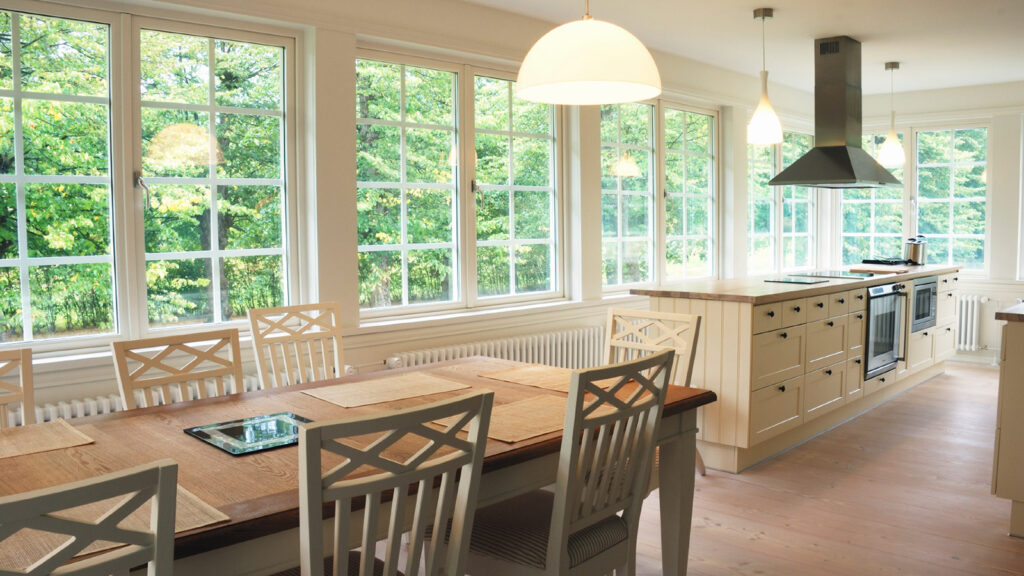
Benefits of Choosing Retrofit Windows
Choosing retrofit windows for your home offers a multitude of advantages, ranging from improved energy efficiency to economic savings. Here are some of the key benefits:
Energy Efficiency
One of the most significant benefits of retrofit windows is their ability to improve your home’s thermal performance. By reducing air leaks and enhancing insulation, these windows help maintain consistent indoor temperatures. This means your heating and cooling systems work less hard, leading to reduced energy consumption and lower utility bills. Moreover, with options like low-E coatings and gas-filled panes, retrofit windows can further enhance energy savings and comfort.
Cost-Effectiveness
Compared to new construction windows, retrofit windows are generally more affordable because they require less labor and fewer materials. Since the existing frames and trims are reused, there’s no need for extensive carpentry, which can often escalate costs. This makes retrofit windows a budget-friendly option for homeowners looking to upgrade their windows without a significant financial investment.
Time Savings
The installation process for retrofit windows is considerably quicker than that of new construction windows. Since the structural framing and siding are not disturbed, the installation can often be completed in a fraction of the time. This is particularly beneficial for large projects or for those living in climates where weather can delay extensive construction projects.
Less Disruption
Because retrofit windows fit into the existing frames, the installation process is much less invasive. There’s minimal disruption to the home, which means less mess and stress. Homeowners can enjoy the benefits of new windows without the typical inconveniences of major construction work.
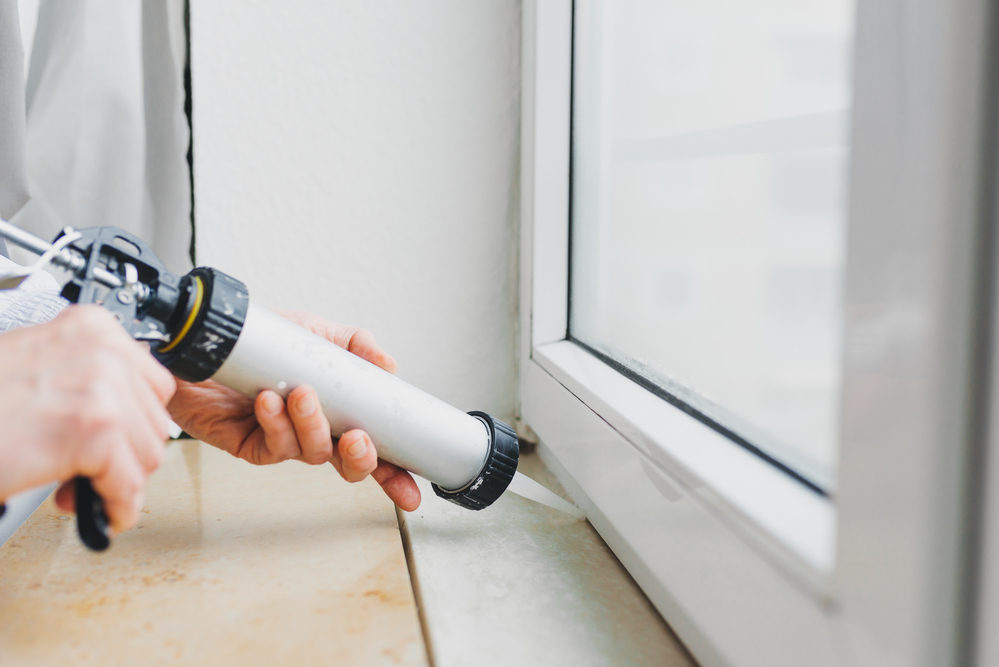
Potential Drawbacks
While retrofit windows offer many benefits, there are also some limitations to consider:
Limited Customization
Since the existing frames and openings are used, there may be limitations on the size and style of retrofit windows you can choose. This might restrict homeowners looking for more substantial changes in window design or larger upgrades.
Compatibility Issues
Not all existing window frames are suitable for retrofit installations. Frames that are out of square, have rot, or have structural issues may need repair before installation, or might not be compatible with retrofit windows at all. This could potentially negate some of the cost and time benefits.
Long-Term Durability
While modern retrofit windows are designed to be durable, the longevity of your windows can also depend on the condition of the existing frames. If the original frames degrade over time, it could affect the performance and durability of the retrofit windows.
How to Choose the Right Retrofit Windows
Selecting the right retrofit windows is crucial to ensure you reap the maximum benefits in terms of energy efficiency, aesthetics, and overall value. Here are some important factors to consider:
Material Choices
Retrofit windows come in various materials, including vinyl, aluminum, and wood. Each material offers different benefits in terms of durability, maintenance, and insulation properties. Vinyl is popular for its energy efficiency and low maintenance, while wood offers a classic aesthetic but requires more upkeep. Aluminum is durable and slim-profiled but less insulating than the others.
Glass Options
Choosing the right type of glass is critical for energy savings. Double-glazed windows with a low-E coating and inert gas fill are ideal for most climates, providing good insulation while blocking UV rays. In colder regions, triple-glazing might be a worthwhile investment for even better energy efficiency.
Energy Ratings
Look for windows with high performance ratings from recognized certification programs like ENERGY STAR. These ratings ensure that the windows meet strict criteria for energy efficiency, helping you save on energy bills and reduce your carbon footprint.
Assessing Your Current Windows
Before deciding on retrofit windows, evaluate the condition of your current window frames. Ensure they are structurally sound and free from significant warping or rot. Consulting a professional can help determine if your existing frames are suitable for retrofitting.
Choosing a Vendor and Installer
Selecting the right vendor and professional installer is as important as the windows themselves. Look for companies with solid reputations and verified customer reviews, like Utah Window Experts. Ensure they offer warranties and can provide proof of certification and insurance.
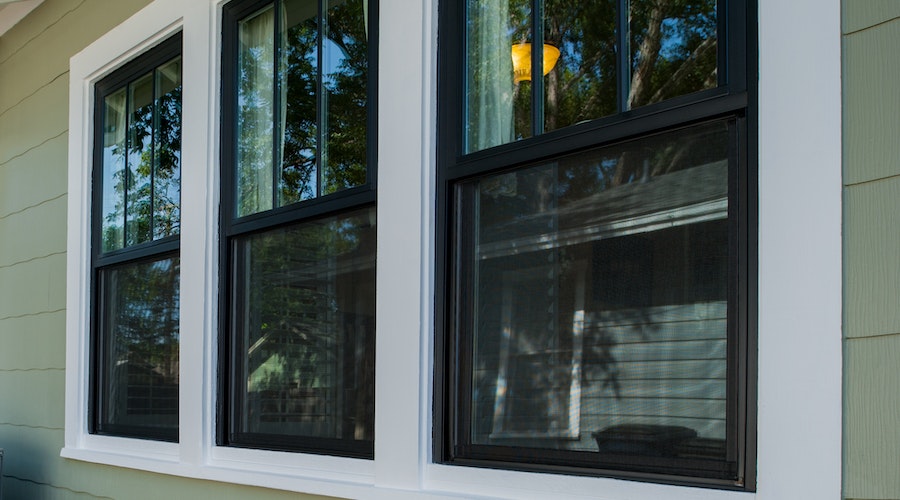
Installation Process
The installation of retrofit windows is a straightforward process that typically requires less time and disruption than full-frame replacements. Here’s what to expect:
Preparation
The area around the windows will be cleared, and existing sashes and hardware are removed. The installer will check the frame for damage or irregularities and make any necessary repairs.
Installation
The new retrofit window unit is carefully placed into the existing frame. Installers ensure it is perfectly aligned and level. Then, they secure the window in place, typically using screws that go through the side of the window frame into the existing frame.
Sealing
Once the window is secured, it is sealed around the edges to prevent air leaks. High-quality sealants and insulating foams are used to ensure an airtight fit, which is crucial for maintaining energy efficiency.
Finishing Touches
Finally, any trim or finishing work is completed. This may include installing interior trim pieces and touching up with paint or sealant. The work area is cleaned up, and the functionality of the window is tested.
Post-Installation Checklist
After installation, it’s important for homeowners to review the work. Check for smooth operation of the windows, the integrity of the seal, and the finish around the window. Any concerns should be addressed promptly by the installation team.
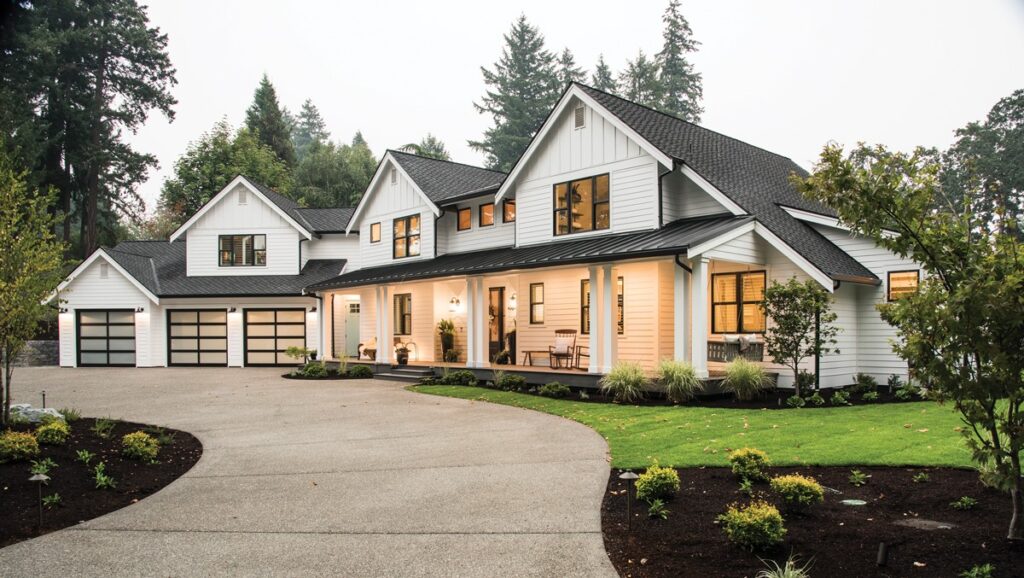
Conclusion
Retrofit windows are a great choice for homeowners looking to improve their home’s energy efficiency and appearance without dealing with the high costs and mess of new construction windows. By understanding their advantages and some possible drawbacks, picking the right materials and installer, and knowing what the installation involves, you can greatly enhance your home’s comfort and value. Retrofit windows are not only budget-friendly but also good for the environment, helping to cut down on energy use and boost your home’s market value. If you’re thinking about updating your windows, retrofit options are practical, effective, and stylish.
Frequently Asked Questions
What is the difference between retrofit and regular windows?
The term “regular windows” often refers to new construction windows, which require removing the existing window frame and installing a completely new frame and window. Retrofit windows, on the other hand, are designed to fit into the existing window frame, minimizing disruption and utilizing the current structural openings.
Are retrofit windows any good?
Absolutely. Retrofit windows are an excellent choice for improving energy efficiency and reducing utility costs. They are designed to provide a tight seal that improves thermal insulation and are available in a variety of styles and materials to suit any home’s aesthetic. They are particularly beneficial where existing window frames are in good condition and only the window itself needs to be upgraded.
What is the difference between retrofit and new construction windows?
Retrofit windows are installed within the existing frame of your home’s current windows, which is less invasive and often quicker than new construction window installation that involves replacing the entire window unit including the frame. This makes retrofit windows less disruptive and usually more cost-effective, especially for older homes where the existing frames are still robust.
What is a retrofit window installation?
A retrofit window installation involves replacing an old window unit with a new one within the existing frame rather than tearing out the existing frame and building a new one. This process includes removing the old sashes, fitting the new window into the original frame, ensuring it is level and secure, and then sealing it to prevent air leaks. This type of installation is quicker and typically less expensive than full-frame replacement.